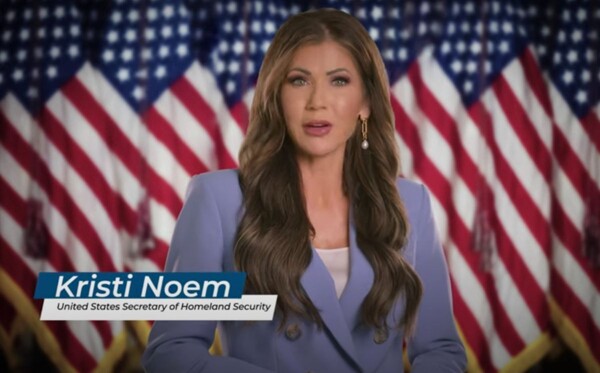
The government of President Claudia Sheinbaum aims to simplify public administration procedures at three levels: municipal, state, and federal. Despite this, some of the implemented measures have become a headache for taxpayers.
In January 2024, the Tax Administration Service (SAT) simplified four procedures by reducing the number of required documents. However, there were difficulties for taxpayers related to the proof of address necessary to open a business. Previously, the lease contract was accepted as proof, but now proof in the name of one of the shareholders is required.
The reform that eliminated the lease contract as proof of address was unanimously approved by the Chamber of Deputies on March 19. This new regulation will allow Mexicans to carry out the majority of procedures online, as long as articles 25 and 73 of the Constitution are modified.
Among the advantages of this law are the standardization of procedures, requirements, resolution times, and attention processes at all three levels of government, the elimination of barriers for individuals and businesses, and compliance with good regulatory practices established in the Political Constitution and the T-MEC.
To ensure efficiency and ease in procedures, a unique catalog of procedures, services, and requirements will be created, along with a Unique Citizen Portal for Services and Procedures and a National Citizen Attention System. Each citizen will have a digital file that will store their data and documents to facilitate procedure completion. The MX Key, a digital identity mechanism, will also be implemented nationwide.
Valid proofs of address for the SAT when opening a business, according to the 2025 Tax Miscellany, include a bank statement in the owner's name, a utility bill, the latest property tax receipt, and a settlement receipt from the IMSS in the taxpayer's name.
In January, Pepe Merino, director of the Digital Transformation Agency, presented the National Simplification and Digitization Law at Sheinbaum's morning conference. This project aims to reduce bureaucratic procedures at all three levels of government and eliminate barriers for individuals and businesses. The goal is for 80% of the more than 7,000 federal procedures and an average of 523 state procedures to be conducted online.














